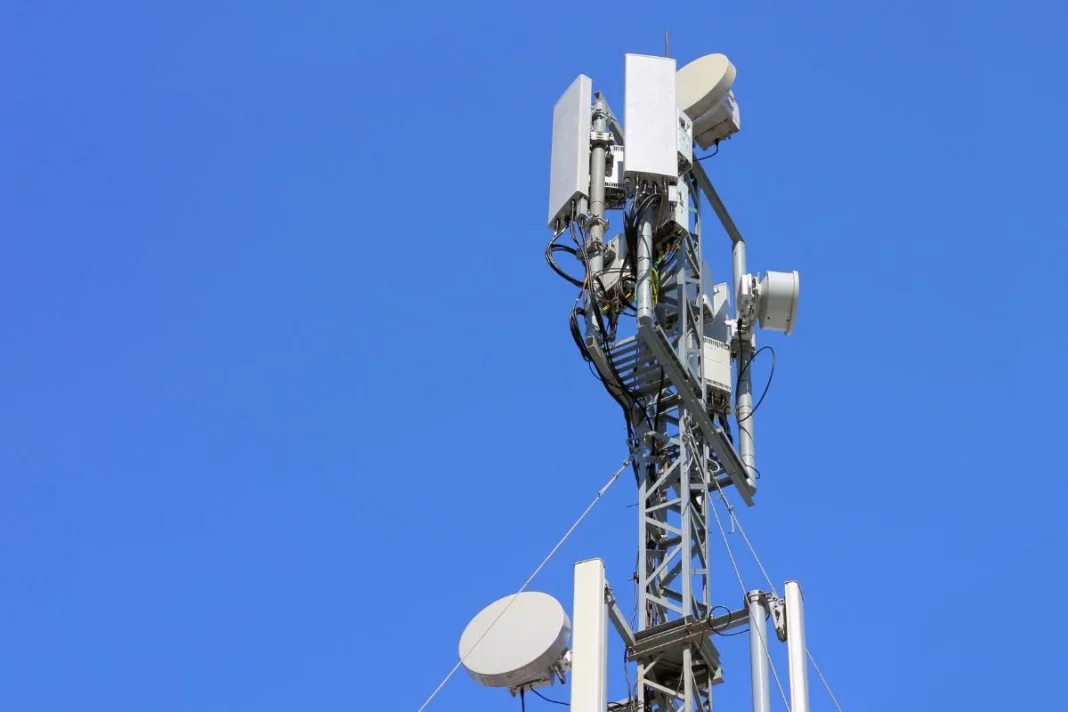In a pivotal effort towards achieving digital inclusion, India enhances telecom connectivity in its most remote areas.
The Government of India, through the Digital Bharat Nidhi (DBN), is making significant progress in ensuring that even the least served regions have access to reliable mobile and broadband services.
By implementing a variety of ambitious projects, the government is working to close the digital gap and promote more inclusive internet access.
These strategic initiatives are supported by substantial investments exceeding ₹43,000 crore, which are set to transform India’s telecom infrastructure.
India Enhances Telecom Connectivity: Key Projects in Progress
India’s dedication to improving connectivity in difficult geographical areas is evident in the initiation of several major projects.
These initiatives not only strengthen communication networks but also support economic development, education, and emergency response services.
Comprehensive Telecom Development Plan (CTDP)
A vital component of this effort is the Comprehensive Telecom Development Plan (CTDP), which focuses on enhancing mobile connectivity in the North Eastern Region, Andaman & Nicobar Islands, and Lakshadweep Islands.
With a budget allocation of over ₹4,050 crore, this initiative ensures that residents in these remote areas have access to dependable communication services.
The expansion of telecom networks in these regions will promote socio-economic development by creating improved educational and business opportunities.
Connectivity in Areas Affected by Left-Wing Extremism (LWE)
An important initiative is directed towards regions impacted by Left Wing Extremism (LWE) and Aspirational Districts.
With an investment surpassing ₹13,179 crore, this project is crucial for enhancing mobile services for some of India’s most at-risk populations.
By establishing secure and reliable communication networks , the government seeks to bolster governance and security in these regions, promoting development and integration into the national economy.
4G Saturation Initiative
The 4G Saturation Initiative significantly advances India’s telecommunications growth by focusing on villages that lack coverage.
This project, supported by an investment of over ₹26,300 crore, stands as one of the most influential efforts in India’s digital transformation.
Improved mobile connectivity will enable rural communities to gain better access to healthcare, e-commerce, and financial services, thereby reinforcing the nation’s digital framework.
Revised BharatNet Project
In addition to mobile connectivity, the BharatNet project represents a crucial advancement in broadband access.
This initiative aims to deliver high-speed internet to Gram Panchayats and villages, ensuring that rural India keeps pace with the digital revolution.
The revised BharatNet project aligns with the government’s broader objective of closing the digital gap and facilitating improved governance, education, and economic prospects in rural areas.
Advancements in 5G Connectivity
India’s dedication to developing future-ready infrastructure is clearly demonstrated by its swift deployment of 5G technology.
The government has enacted various reforms aimed at expediting the rollout of 5G services, ensuring that this advanced technology is accessible throughout the nation.
Spectrum Allocation and Financial Reforms
To support the effective implementation of 5G, the government has refined its financial policies, which include reforms to the Adjusted Gross Revenue (AGR), Bank Guarantees (BGs), and interest rates.
The removal of Spectrum Usage Charges for the spectrum acquired during the 2022 auction serves as a significant incentive for telecom operators to invest in 5G infrastructure.
This strategic decision is anticipated to stimulate substantial investments and hasten the adoption of next-generation telecommunications services.
Streamlined Procedures for Infrastructure Deployment
Acknowledging the necessity of minimizing bureaucratic obstacles, the government has made the process of obtaining Standing Advisory Committee on Radio Frequency Allocations (SACFA) clearance more straightforward.
This vital measure allows for quicker deployment of telecom towers and associated infrastructure.

Furthermore, the launch of the PM GatiShakti Sanchar portal simplifies the permission process for the installation of telecom infrastructure, including small cells and telecommunication lines.
Accelerated 5G Deployment
Since the official launch of 5G services in October 2022, India has experienced one of the fastest deployments in the world.
The country has successfully established 469,000 5G Base Transceiver Stations (BTSs), ensuring extensive coverage.
Notably, 99.6% of districts now have access to 5G services, with 295,000 BTSs installed in the previous financial year alone. This rapid growth highlights India’s ambition to excel in digital transformation and connectivity.
Government’s Commitment to Connectivity
The Indian government is resolutely dedicated to ensuring that all citizens have access to digital resources.
Dr. Pemmasani Chandra Sekhar, the Minister of State for Communications and Rural Development, reiterated this commitment in a comprehensive written statement to the Lok Sabha.
The array of projects and policy reforms underscores the government’s steadfast resolve to enhance India’s telecommunications infrastructure.
By focusing on connectivity in remote and underserved areas, India is establishing a benchmark for digital inclusion.
The integration of mobile network expansion, increased broadband access, and advancements in 5G technology is transforming communication, narrowing socio-economic disparities, and promoting comprehensive national development.
Expert Editorial Comment
In summary, India enhances telecom connectivity through transformative initiatives that serve both urban and rural communities.
With substantial investments in mobile services, broadband growth, and 5G infrastructure, the government is creating a solid foundation for a digitally empowered society.
The ongoing reforms and swift implementations ensure that even the most isolated regions experience seamless connectivity, ultimately fostering economic growth and social advancement.

